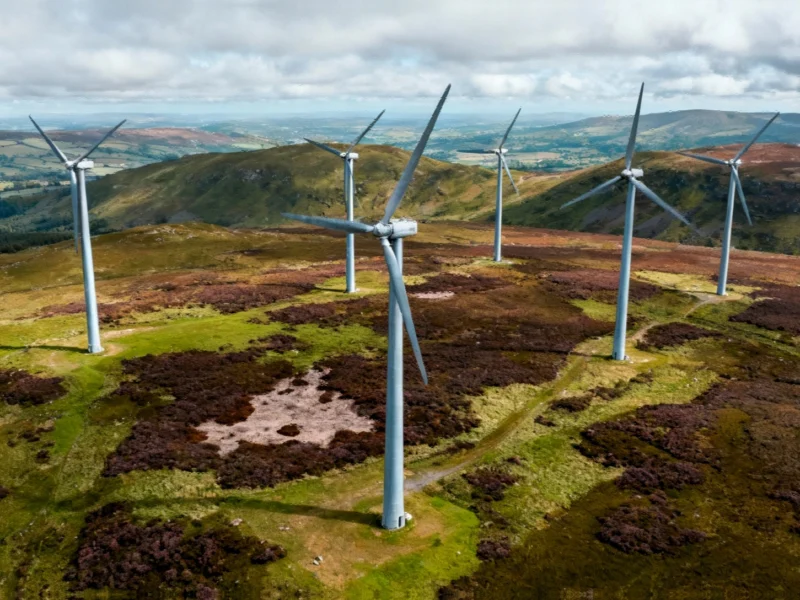Third Appeal Filed for Corsock Wind Energy Project
Renewable energy developers have reportedly submitted a fresh appeal to the Scottish Government for a proposed wind farm near Corsock, marking the third attempt to secure approval for the project. According to reports, the latest application seeks permission for seven turbines after previous versions were rejected on landscape and environmental grounds.
Evolution of the Turbine Proposal
Sources indicate the project has undergone significant modifications since its initial submission. The first appeal was reportedly refused due to concerns about the visual impact of 200-meter turbines that were considered out of scale with the surrounding landscape. In response, developers reduced the height to 180 meters and decreased the number of turbines from nine to seven in the second application.
That subsequent bid was refused on the grounds that the project did not comply with the development plan due to insufficient information about biodiversity enhancement and peat disturbance. The latest submission comes after Dumfries and Galloway Council failed to render a decision within designated timescales, triggering the current appeal process.
Addressing Environmental Concerns
Developers believe they have adequately addressed the biodiversity and peat concerns raised during the previous appeal, according to their statements. The project’s potential to generate sufficient electricity for more than 35,500 homes represents a significant contribution to Scotland’s renewable energy targets, analysts suggest.
Environmental considerations remain central to the debate, particularly regarding peat preservation and habitat protection. The report states that previous objections centered on insufficient environmental safeguards, which developers claim have now been incorporated into the revised proposal.
Community Opposition and Visual Impact
The local community council continues to oppose the development, citing persistent concerns about visual impact and potential effects on tourism. Community representatives argue that despite the reduced turbine height and number, the project would still significantly alter the landscape character of the area.
This ongoing debate reflects broader tensions between renewable energy development and landscape preservation occurring alongside other industry developments in the energy sector. The conflict highlights the challenges facing local governments balancing climate commitments with community concerns.
Broader Energy Sector Context
The Corsock appeal process unfolds against a backdrop of significant market trends affecting energy infrastructure investment. Meanwhile, technological advancements in renewable energy continue to evolve, with recent technology developments potentially influencing future energy projects.
Financial sector stability also plays a role in energy development, as evidenced by related innovations in project financing. The renewable energy sector continues to monitor market trends that could impact future development timelines and investment patterns.
Next Steps in the Approval Process
The Scottish Government’s decision on this third appeal will likely set important precedents for similar renewable energy projects throughout Scotland. The outcome is being closely watched by both environmental groups and energy developers, with implications for how competing priorities of climate action, biodiversity protection, and landscape conservation are balanced in future planning decisions.
This article aggregates information from publicly available sources. All trademarks and copyrights belong to their respective owners.



